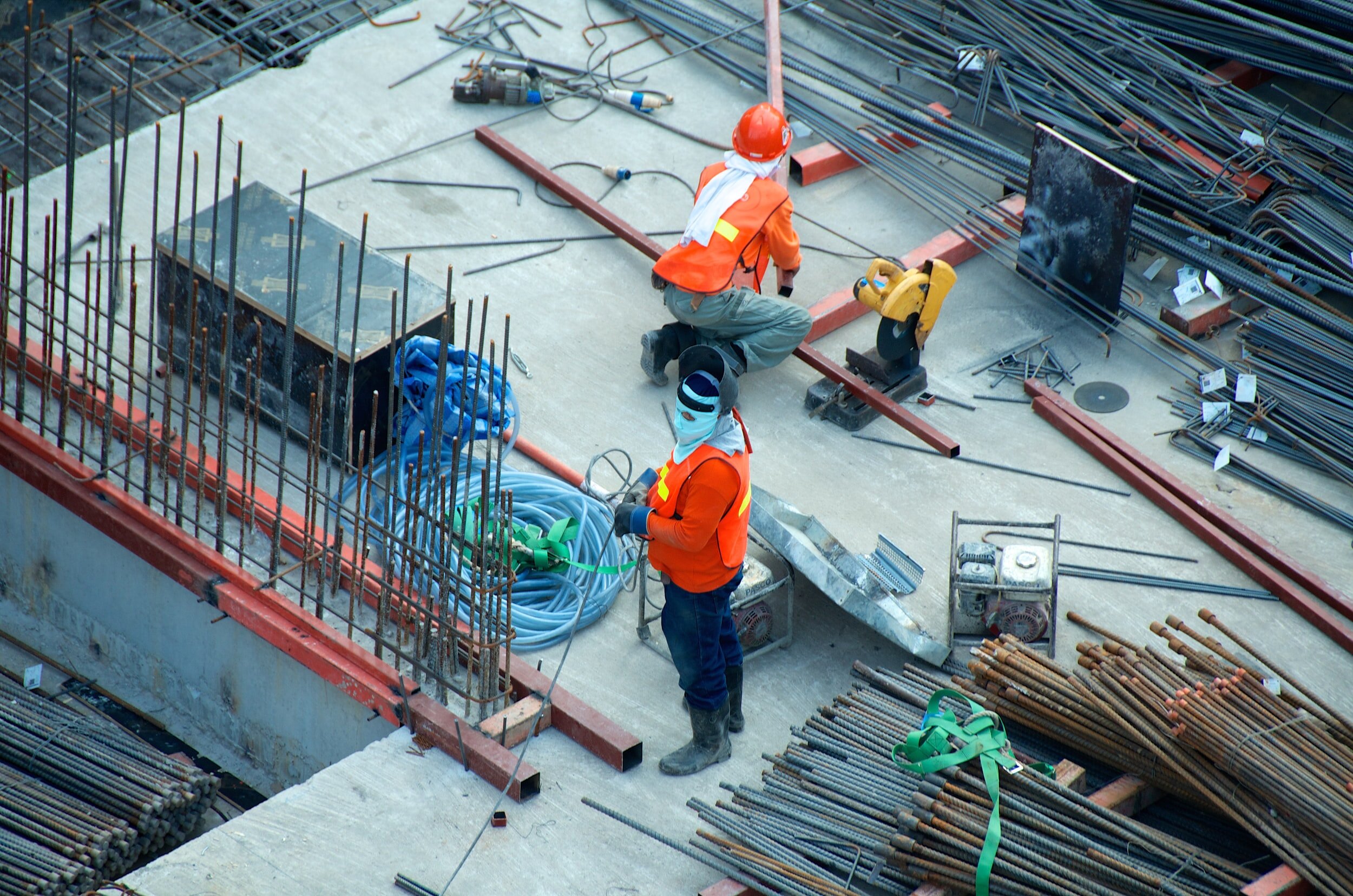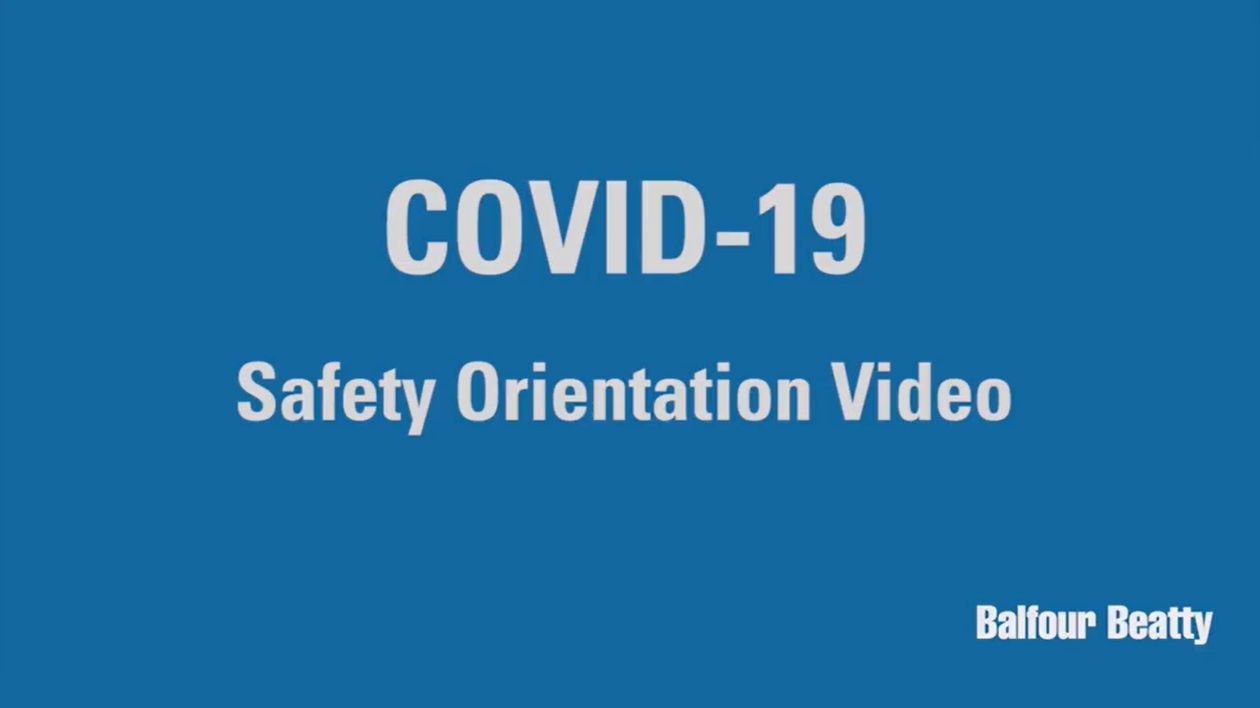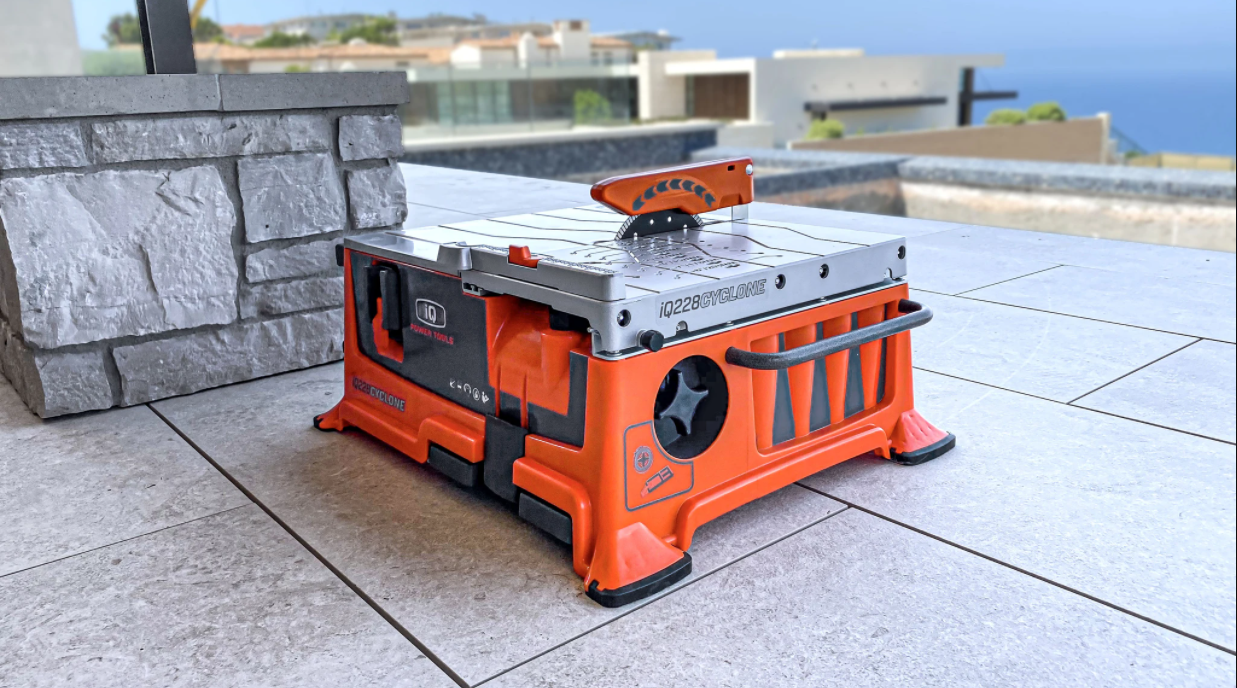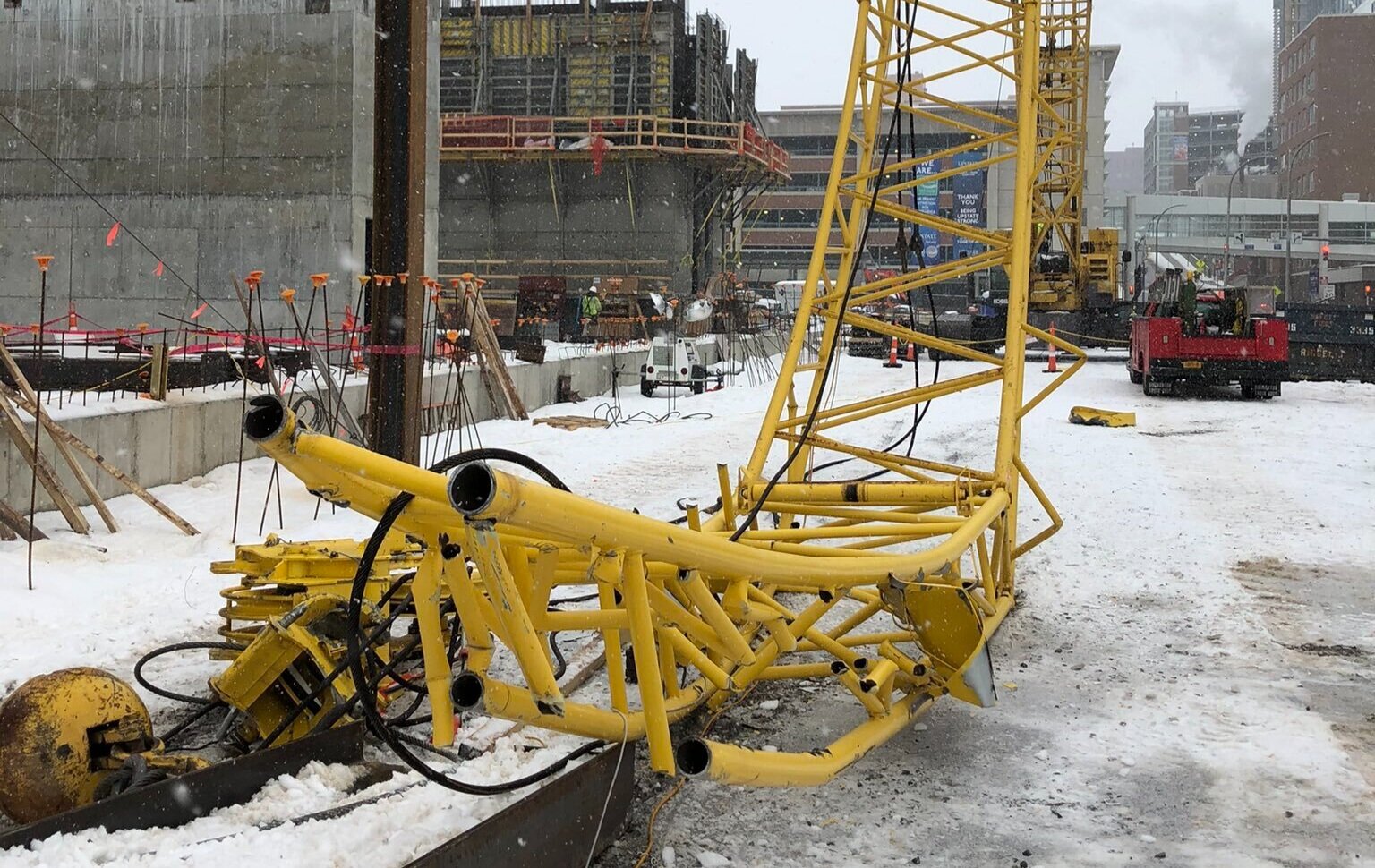Falls from height are the leading cause of fatalities on construction sites by a long shot, as the account for around 40% of deaths. Fall protection training in the classroom can often fall short, because hearing words and learning definitions about fall prevention may not have the same effect as seeing and interacting with fall prevention techniques.
The American Society of Safety Professionals has recently developed an app that uses virtual reality to give construction workers a more interactive experience when learning fall safety. The app, called ASSP VR Fall Protection Experience, follows the ANSI/ASSP Z359 Fall Protection and Fall Restraint standards.
Once inside the virtual fall protection experience, users will navigate a two-story roof and will be asked to identify common fall hazards, such as skylights, anchorage strength, and fall clearance. The entire program only lasts around 3 to 5 minutes.
I really like the idea of virtual reality when it comes to jobsite safety, because it allows companies to quickly and easily put workers in real-life situations that they need to be ready for, without putting them in danger. Being forced to react to situations is a much better learning tool than taking a written test.
There is a bit of a catch with ASSP’s new virtual reality app, though. For only being a 3 to 5 minute experience, the program will cost $500 and will only allow access to the company for 30 days. The companies will also need to own an Oculus Rift VR headset.
It’s a pretty steep price, but could be worth it in the long run if it can help save a life. Below is a video of how the program works:











Last summer, Hilti announced that they had developed their first exoskeleton designed for construction tradespeople in a partnership with Ottobuck, a prosthetics, orthotics, and exoskeleton provider. Earlier this month, Hilti officially released the exoskeleton, announced more details, and published its retail price on their website.